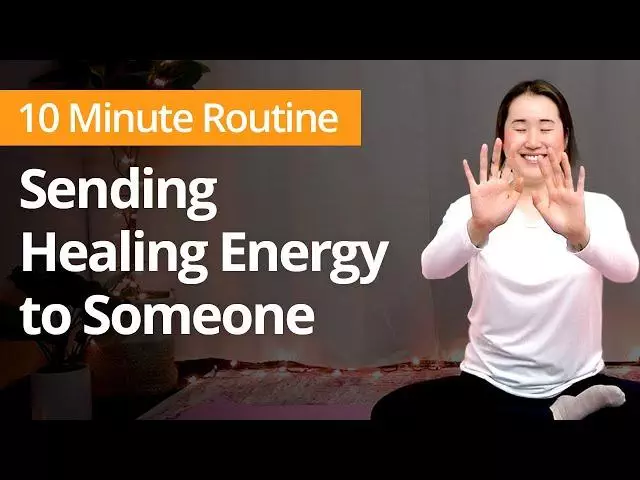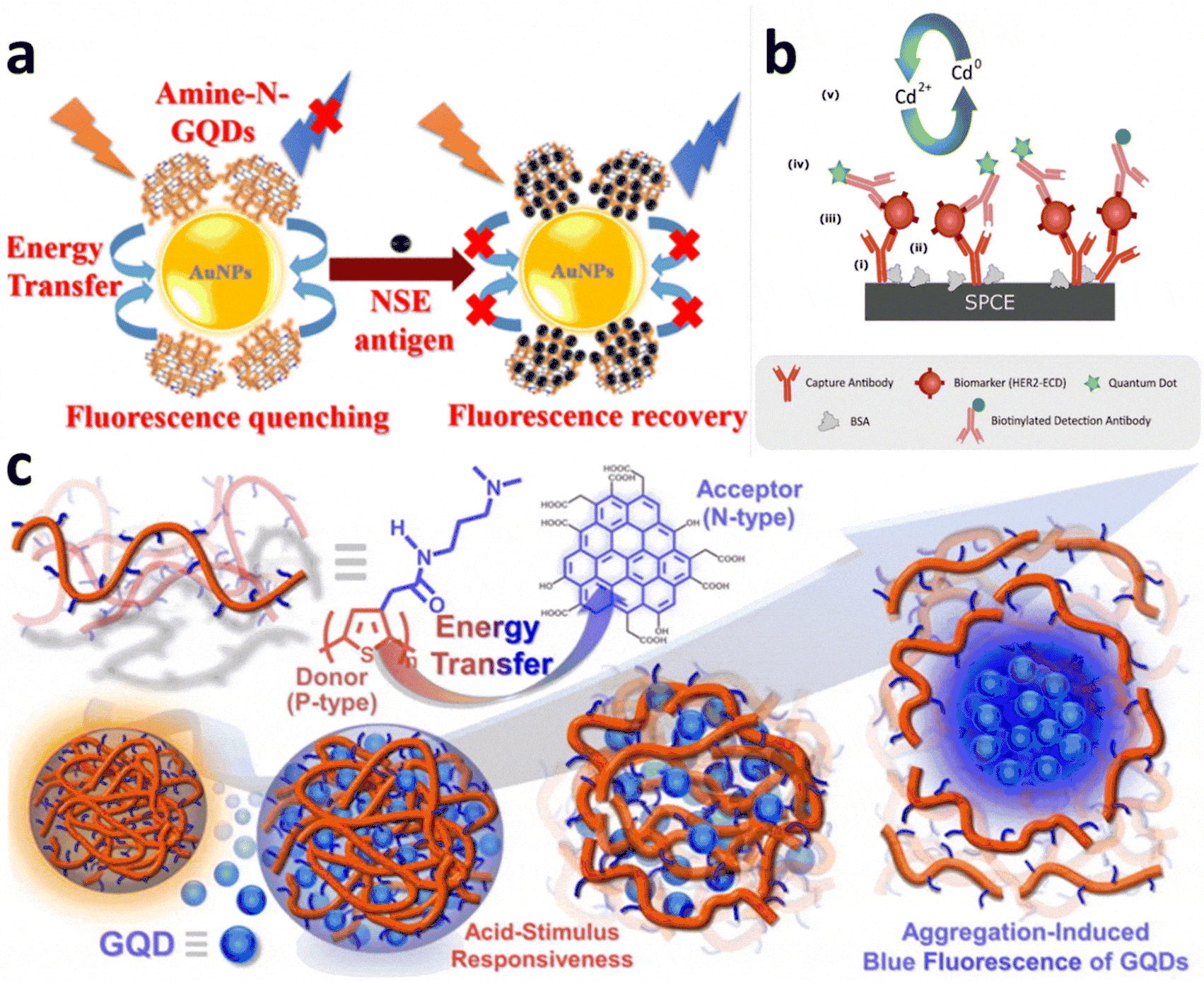How Does Remote Energy Healing Work?

Distant energy healing operates under the assumption that energy and intention can travel over distance, using principles from quantum physics that suggest subtle energies are not restricted by space and time.
Receivers of remote sessions must be willing and open to receiving energy. Furthermore, a calm, relaxing space must be chosen where they can focus their energies effectively.
It’s based on the concept of mind and energy
Remote energy healing could be just the answer you’ve been searching for if you want to heal mind, body, and soul. This type of therapy combines mind power with our collective energy environment – helping clear away blockages while opening new pathways of healing for yourself or family members. Remember to set appropriate intentions when undertaking remote energy healing for optimal results!
At a remote healing session, practitioners direct healing energy directly to a specific individual by channeling energy through symbolic actions like placing their hands on someone or meditating upon them. Symbolism shows just how much effort has gone into their intention.
Energy Healing is based on the principle that everything in the universe is energy that can be manipulated with intent. It parallels quantum physics theory which holds that all forms of energy interact and influence each other from faraway locations. Thus many believe if you possess positive energy you can share it with others.
Remote energy healing has grown increasingly popular due to its convenience. Sessions can take place anytime of the day or night, providing greater accessibility for clients while making scheduling more flexible for healers.
Remote healing sessions offer many advantages, ranging from physical pain relief to emotional and mental wellbeing. Furthermore, they can serve as preventive treatments for those looking to enhance their overall health and wellbeing. It’s important to remember, though, that distant energy healing should not replace conventional medicine or treatments provided by healthcare providers.
Many people report feeling similar sensations when receiving remote energy healing sessions as when receiving in-person ones, such as warmth in various parts of their body or tingling sensations, as well as an experience similar to when we shed old baggage (flow, trance, lightness or even heaviness). Although experiences vary significantly among individuals, most report feeling better after having had one than before it.
It’s a form of communication
Remote energy healing sessions are an effective way to promote healing and balance within an individual’s energetic field. They involve tuning into their individual’s field to identify any unbalanced points, then transmitting healing energies directly. Similar sessions exist; the only difference being that practitioner and client don’t share physical location.
When performing distant healing, it’s essential to focus on both conscious and subliminal intentions of those being healed, since their intentions determine the outcomes of remote energy healing sessions.
Remote energy healing works on the principles of quantum physics, which states that all matter is composed of energy. Practitioner and recipient become connected via their energetic fields and thus exchange energy regardless of distance; this may explain why some may feel lighter after receiving energy healing sessions.
However, both healers and clients must practice energetic protection prior to and during a remote healing session. This may involve visualising a shield of light around their bodies to ward off negative or draining energies and avoid negative interactions or draining energies from around. Healers should regularly assess their own energy levels to make sure that sessions don’t deplete them too significantly.
Remote healing sessions typically utilize no hands at all; depending on an individual’s individual needs, healers may employ visualization techniques in order to access their energy field and connect with it more directly. Relaxation during such a session is also key – both for the client as well as their healer!
Importantly, remote healing works best with individuals who are open and accepting of receiving it. Healing someone who doesn’t want their energy channeled towards healing processes simply won’t happen.
Keep in mind that remote healing only works if there is some sort of connection between yourself and the patient, whether physical presence or spiritual bonding is involved. So for example, you cannot remotely heal someone who doesn’t share an WhatsApp relationship.
It’s a form of healing
Energy healing is an alternative approach to healing that uses the universe’s energy to restore equilibrium and eliminate blockages in one’s physical, emotional, and spiritual health. Based on the belief that all existence is comprised of energy – we possess it within us to change ourselves as well as those around us through its contagious influence – it offers effective tools for self-healing both physically and remotely.
Remote energy healing sessions are similar to in-person ones but with some notable differences. A healer connects with their client’s energy field and assesses any imbalances or blockages in it, before leading them towards finding a safe and quiet spot where they can relax for one hour – during this time they may notice sensations and changes in either emotions or physical states.
Clients don’t need to be in a meditative state during healing sessions; healing will still be transmitted through their aura. After each session, it is recommended that clients drink plenty of water to flush away toxins from their body and ensure optimal results.
While many may remain skeptical of energy healing, others have experienced its profoundly positive effects first-hand. Such experiences can often have life-altering impacts for recipients – most commonly experiencing a lighter and floating feeling that lasts days or even months! Energy healing also promotes self-awareness and encourages positive thought patterns.
Energy healing relies on intention, which is sent across great distances using principles from quantum physics. Because everything in our universe consists of energy, its flow can only reach its intended destination with clear intentions from practitioners who send their healing energies with clear focus if doubt or disbelief exist in its path – this ensures effective healing occurs.
It’s a form of therapy
As an alternative therapy, energy healing can help you tap into your own inner power and heal yourself. Additionally, it identifies patterns affecting your life that are hindering it – giving you the skills needed to overcome challenges more easily. It’s an invaluable way of personal growth as well as relationship healing; though results may take some time before you see positive change.
One of the key ingredients of a successful session is practitioner intent. This means they must intend to use this energy in a healing fashion for the recipient and that recipient needs to accept this energy – otherwise the session won’t work effectively.
At a session, both recipient and healer seek quiet environments where they can focus without distractions, such as deep breathing or other relaxation methods. Once in position, the healer tunes into their energies to connect with recipient before beginning channeling healing energy into his or her body.
Once a session is over, both parties should take some time to reconnect and ground themselves, which helps clear away any negative energy and keep balance. They can also practice this technique on their own in order to increase their abilities – just as with any skill, learning remote energy healing takes time and practice!
Experiences during remote energy healing sessions may differ significantly for every individual, with some experiencing heat in certain parts of their bodies, tingling sensations or seeing colors; others may see or sense energy flowing freely while some simply have no experience whatsoever. No matter your perceptions, however, it is crucial that you consume plenty of water after every session as this will aid recovery.
Energy healing operates under the principle that all matter is composed of energy and that it all connects. Energy flows in cycles, with any disruption leading to illness. Redirecting or strengthening this energy could provide greater health and wellbeing – this process is known as “Rebalancing Supernatural Vital Energy (SVE).”





